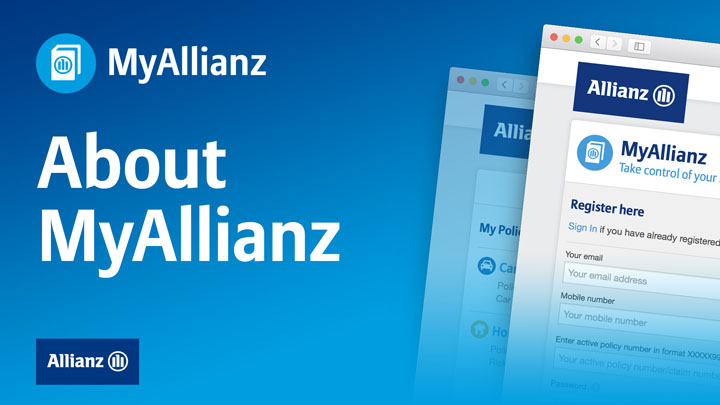OSHCstudents – Health insurance deductibles and copayments are both types of cost-sharing, which refers to the way health insurance companies split the cost of your health care with you. So, what’s the difference between deductible and copayment?

They differ in when you have to pay, how much you have to pay, and what’s left over for your health plan to pay. This article will explain how deductibles and copayments work and what you need to know about them in order to use your health coverage.
Deductibles
A deductible is a fixed amount you pay each year before your health insurance kicks in fully. Once you’ve paid your deductible, your health plan begins to pick up its share of your healthcare bills. Here’s how it works.
However, this doesn’t mean your health insurance will pay the entire bill and you won’t have to pay anything. Even though you’re done paying your deductible for the year, you may still owe coinsurance until you’ve met your plan’s maximum out-of-pocket for the year (in most cases, coinsurance applies to services that would count towards the deductible if you hadn’t already met it for the year).
The out-of-pocket limit applies to all in-network care that’s considered an essential health benefit. It includes the amounts that enrollees pay for the deductible, copays, and coinsurance; once the combined cost reaches the plan’s out-of-pocket maximum, the member won’t have to pay anything else for the rest of the year (for in-network, medically necessary care that’s considered an essential health benefit), regardless of whether it would otherwise have required a copay or coinsurance.
This assumes, however, that they continue to be insured under the same plan for the whole year. If you switch plans mid-year (due to a job change or qualifying life event), your out-of-pocket costs will reset at zero under the new plan.
Copayment
A copayment is a fixed amount you pay each time you get a particular type of healthcare service, and copays will generally be quite a bit smaller than deductibles. But deductibles and copays are both fixed amounts, as opposed to coinsurance, which is a percentage of the claim.
On some plans, certain services are covered with a copay before you’ve met the deductible, while other plans have copays only after you’ve met your deductible. And the pre-deductible versus post-deductible copay rules often vary based on the type of service you’re receiving.
Similarities
Deductibles and copayments are both fixed amounts, meaning they don’t change based on how much the healthcare service costs. This is in contrast to another type of cost-sharing, coinsurance, in which you owe a percentage of the bill rather than a fixed amount.
Key Differences
The difference between copays and deductibles is generally the amount you have to pay and how often you have to pay it. Deductibles are generally much larger than copays, but you only have to pay them once a year. Once you’ve met your deductible for the year, you don’t have to pay it again until the next year.
But copayments are ongoing. You keep paying copayments each time you get a healthcare service that requires them no matter how many copayments you’ve paid during the year. The only way you stop owing copayments is if you’ve reached your health plan’s out-of-pocket maximum for the year. Reaching the out-of-pocket maximum is unusual for most people, and only happens when you’ve had really high healthcare expenses that year.
You are international students, foreigners arrive to Australia and Australian citizens traveling abroad are looking at OSHC, OVHC, travel insurance, please contact OSHCstudents Team at email: info@oshcstudents.com and our partners for further information and assistance.
OSHCstudents (Source: Verywellhealth)














